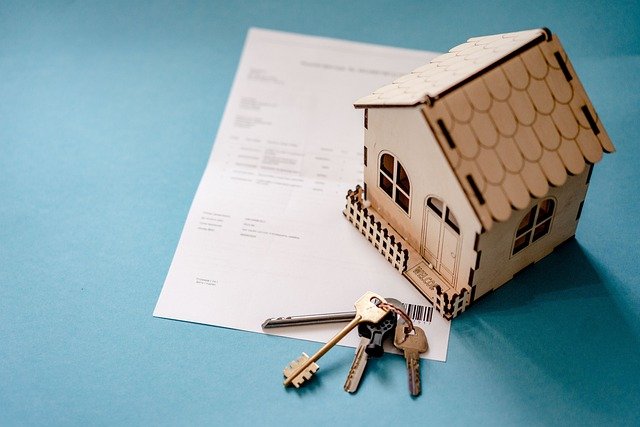Unraveling the Mystery of Terrestrial Broadband: A Deep Dive into its Evolution and Future Prospects
In our fast-paced, internet-driven world, the term 'broadband' is thrown around casually, often without a full understanding of what it truly encompasses. But what exactly is terrestrial broadband, and how did it come to be? This article aims to take you on a journey through the evolution of terrestrial broadband, unraveling its complexities, and exploring its future prospects.

The idea of terrestrial broadband emerged from the desire to improve on the existing wired and wireless communication methods. Early internet users were plagued with slow speeds, unreliable connections, and limited range. The advent of terrestrial broadband marked a significant leap forward, providing faster, more reliable, and widespread internet access.
One key advancement in terrestrial broadband technology was the development of Digital Subscriber Line (DSL). DSL technology revolutionized internet connectivity, providing high-speed data transmission over existing telephone lines. This marked the beginning of a new era in telecommunications, where high-speed internet became accessible to the masses.
Fast forward to today, and terrestrial broadband has become a necessity for businesses and individuals alike. It’s the backbone of our global communication infrastructure, powering everything from video calling to online gaming, e-commerce, and remote work.
However, the journey has not been without its challenges. Regulatory changes, technological limitations, and unequal access have all posed significant hurdles. Even today, terrestrial broadband is not evenly distributed, with some regions struggling with slow speeds or unreliable connections.
Despite these challenges, the future of terrestrial broadband looks bright. The rise of smart cities, increased demand for cloud services, and the proliferation of IoT devices are likely to drive further growth and advancements in the sector. Already, we’re seeing the emergence of new technologies like G.fast, which promises to deliver ultra-fast speeds over existing copper lines.
In conclusion, terrestrial broadband has come a long way since its inception. From dial-up connections to DSL and beyond, it has continually evolved to meet our growing connectivity needs. As we look to the future, one thing is clear: terrestrial broadband will continue to play a crucial role in our increasingly connected world.
Remember, the internet is much more than just a tool; it’s the lifeblood of our modern society. So next time you’re streaming your favorite show or video calling a loved one, spare a thought for the complex web of technologies that make it all possible.





